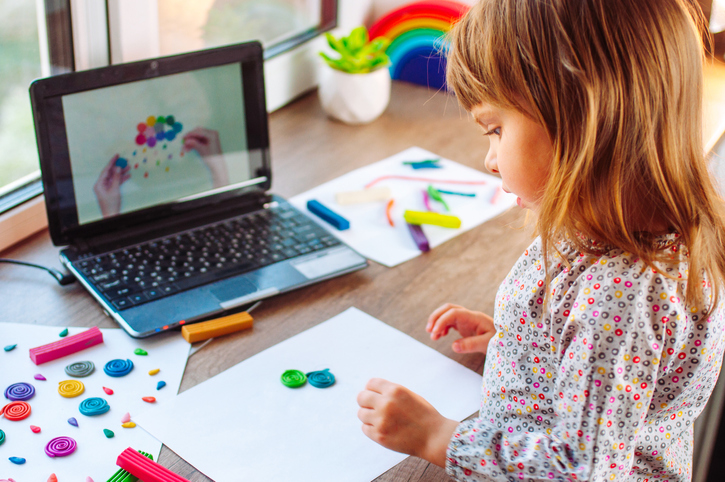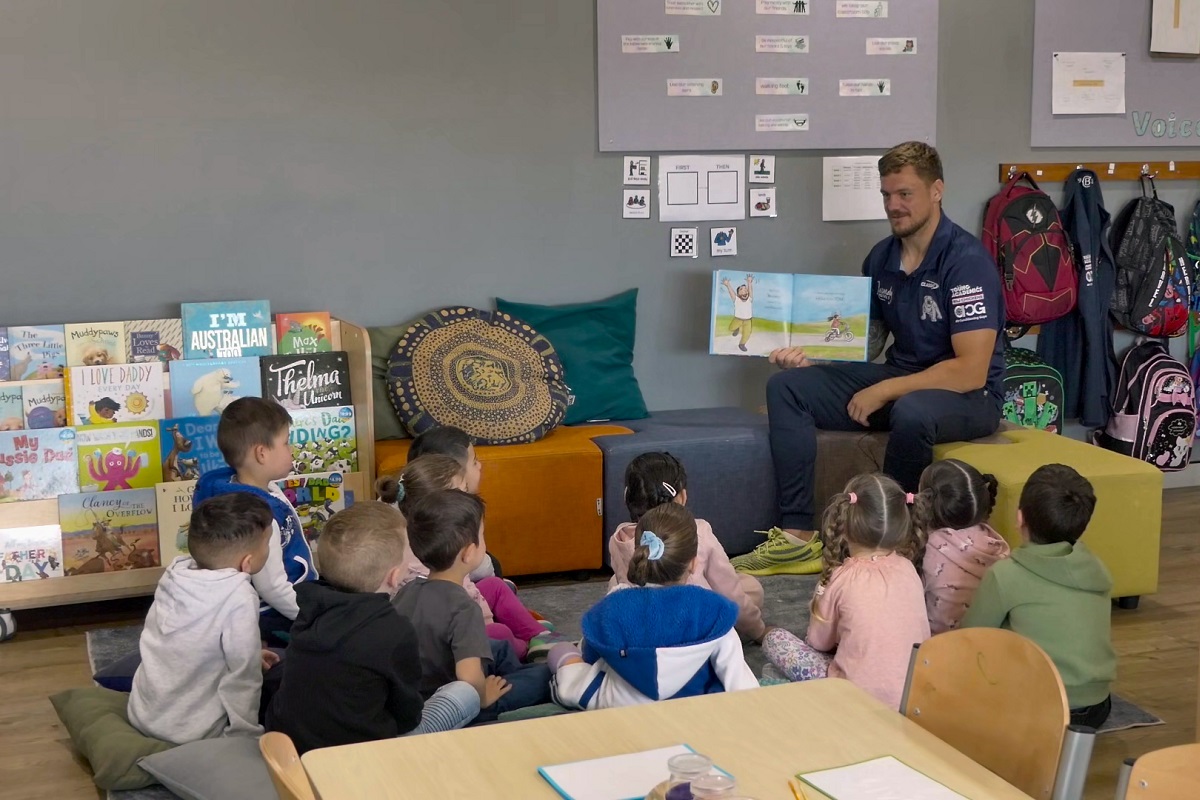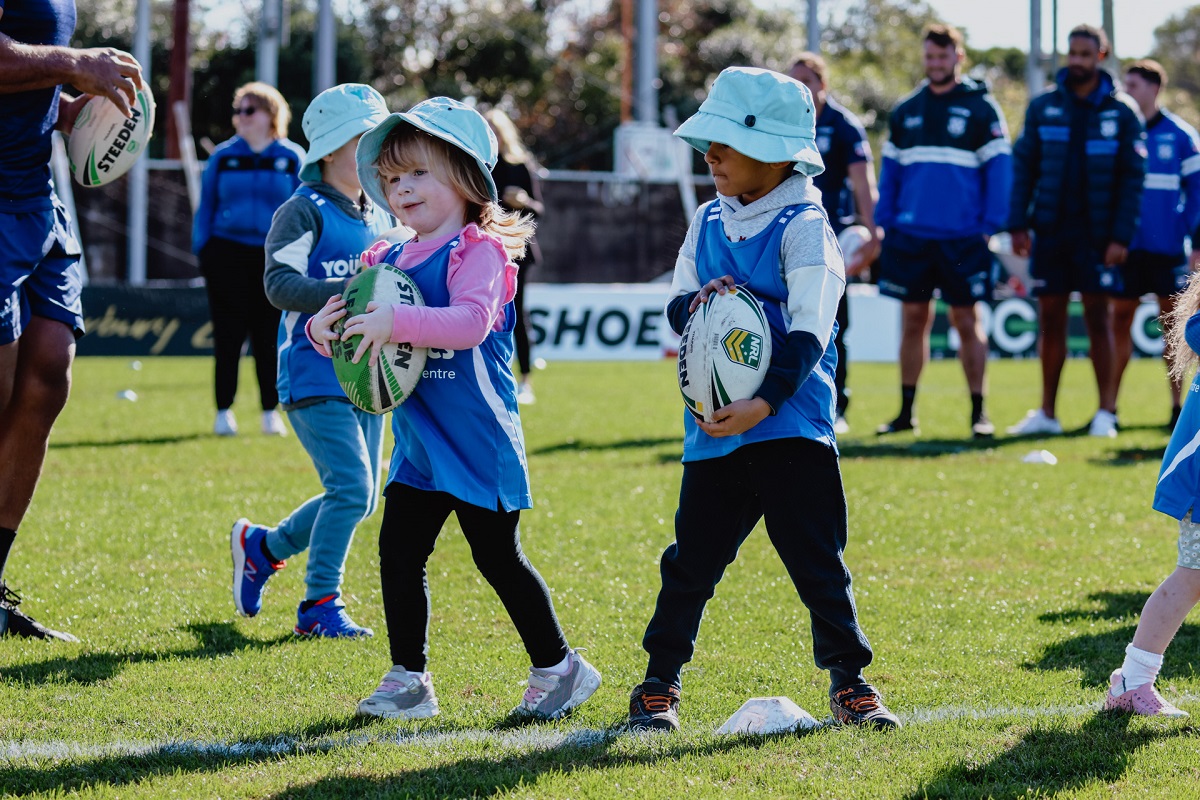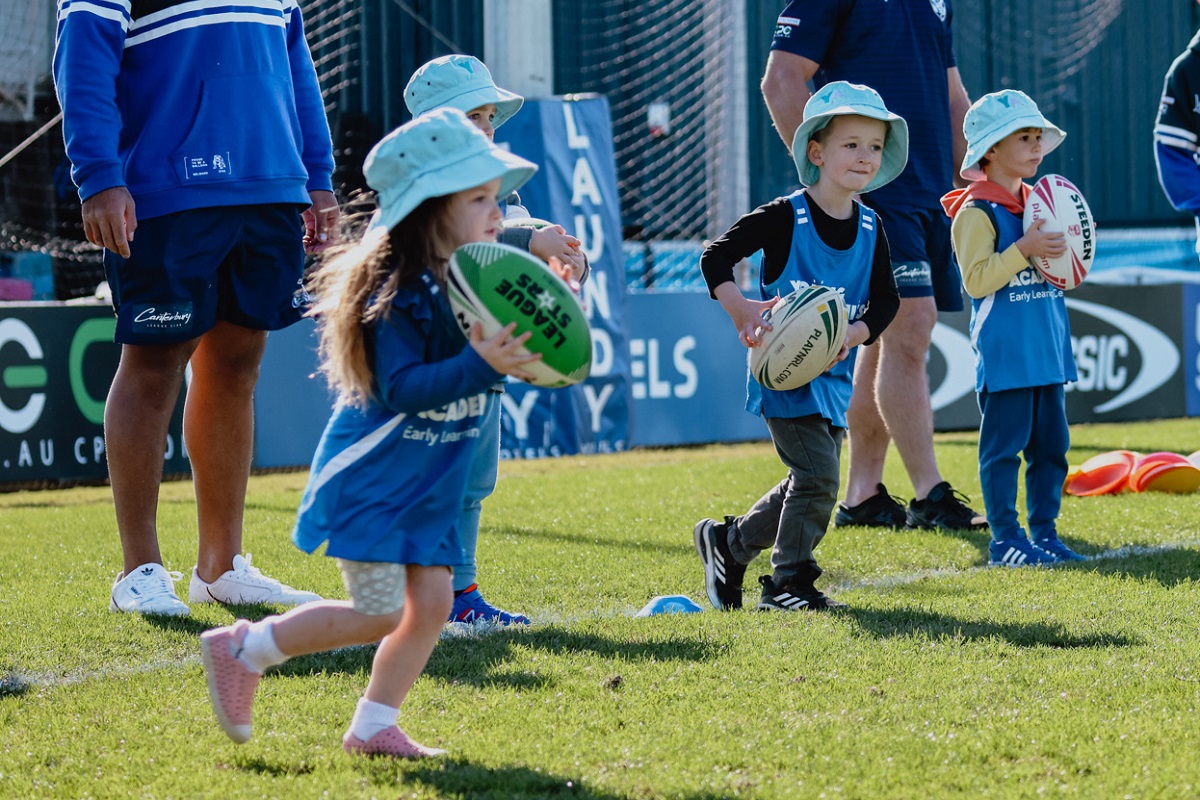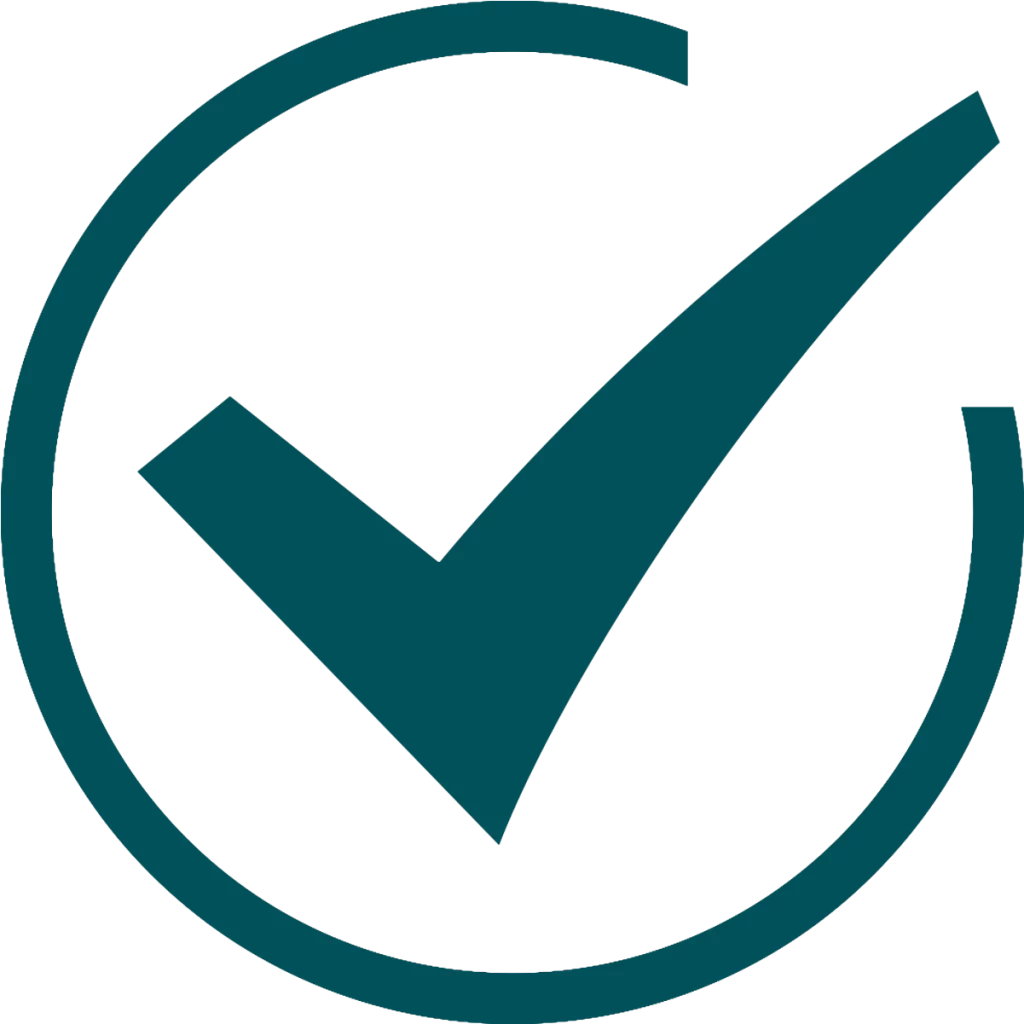To continue this learning at home, we’ve rounded up some fun games to teach your child/ren their A-B-C's and 1-2-3’s through engaging and interactive play.
Alphabet Hide and Seek
Hide & seek involving letters is a fun way to learn, while also encouraging children to foster their curiosity and inquisition.
How to play:
-
Print letters in a large, bold font and cut them out so that they are all individual pieces. Ask your little one/s to identify the letters and colours (if you have printed them in colour)
-
Ask your children to leave the room while you hide the letters. Try to be creative and stick them with Blu Tack on to books, cupboards, windows, and toys
-
In a given timeframe, ask the children to find as many letters as they can
-
Go through all the letters together and identify how many are remaining
-
Ask them to list as many words as possible that start with each letter
Playing Shop
Playing shop can spark hours of imaginative play while teaching social skills, language, literacy, numeracy and problem-solving.
How to play:
-
Collect food and grocery items and label them with prices
-
Talk about how we pay for items using coins, notes and cards
-
Make paper money or use play money to buy and sell goods
-
Collect old receipts or price tags and use them while playing
-
Encourage your child to order items by number, height or cost
-
You can even introduce kitchen scales to weigh foods and order items by weight
Everyday Numbers and Shapes
Counting and sorting shapes are part of everyday life, and it’s important to vocalise this as much as you can around your child/ren.
How to play:
-
Number hunts are a fun and engaging activity. Ask your child/ren to find numbers around you. Say the numbers on houses, number plates, signs, calendars, newspapers and phones
-
Play matching number games like ‘Snap’ with playing cards or get your child to order the numbers on the cards from smallest to largest, or largest to smallest
-
For younger children, count as you touch their fingers and toes
-
Point out shapes whenever you can - for example, ‘let’s look for all the triangles’
-
When you’re out and about, encourage your child to describe and compare shapes of leaves, colours of flowers or sizes of birds. Let them gather a mix of leaves, sticks, pebbles and other natural items and sort them into groups based on size, colour or shape
-
Always count – shells at the beach, fruit in the shop, trees on the street or count toys together as you put them away
Making Paper Planes
Making paper planes combines many mathematical concepts including angles, shapes and symmetry. The best thing about a paper plane is that all you need to make one is a single sheet of paper!
How to play:
-
Fold the paper plane together and make adjustments with sizes, folds and shapes
-
Once complete, it’s time to fly your plane! You can compare which plane flew the furthest and have fun measuring
-
Older children might be ready to fold their own. You can always help them with modifications if they are not airworthy
-
Toddlers will enjoy chasing after the planes and bringing them back for another flight
-
Encourage children to decorate and personalise the paper planes with shape and colours before folding
Ultimately, children learn best when they’re interested in something. Whether it’s dinosaurs, dolls, cars, building blocks, insects and so on – you can always use their interests to explore literacy and numeracy in a fun way while they play.
Don't forget to share your learning experiences on social media and tag #youngacademics.



 BACK
BACK